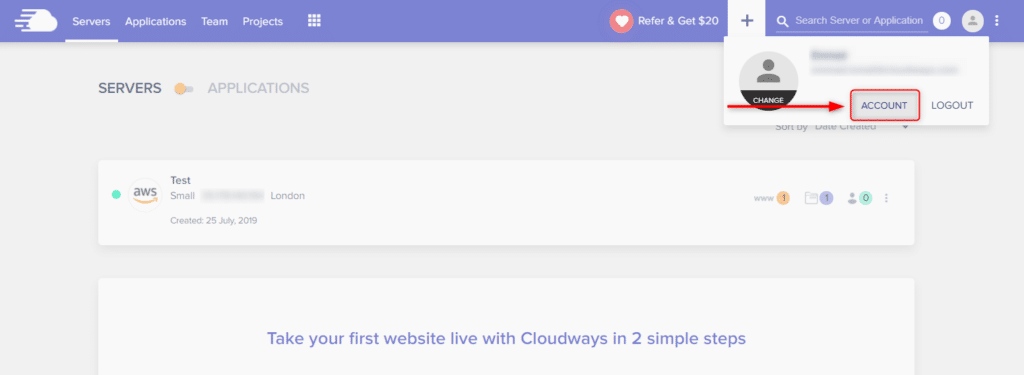


Automatic indexing improves performanceĪutomated creation, tuning, and deletion of indexes simplifies DBA workloads, which allows customers’ OLTP applications to run faster because indexes are continually optimized as workloads change. Online scaling of vCPU consumption allows customers to scale up to meet immediate database needs and scale down to minimize costs without interrupting database operations, enabling pay-per-use economics. Storage scalability to 3.1 PB of uncompressed database capacity, 96 TB of PMem, and 1.6 PB of high-performance flash cache allows customers to increase IOPS rates and throughput for OLTP applications, eliminating the complexity and costs of deploying multiple systems to meet performance requirements. Online scalability accelerates IO intensive applications Increasing the number of provisioned vCPUs from as few as 8 to as many as 8,064 while independently scaling storage allows organizations to lower the costs of running transaction-intensive workloads and easily grow configurations to support future requirements. PMem enables industry-leading OLTP latencyĭatabase-optimized persistent memory (PMem) integration reduces SQL read latencies to as low as 19 microseconds, allowing customers to process more transactions in less time and lower their costs. Starting Exadata X9M configurations in OCI allow Exadata Database Service customers to scale from 8 to 504 vCPUs of database compute power, enabling customers to accelerate OLTP databases with 5.6 million SQL read IOPS. Datasheet: Exadata Cloud Infrastructure X9M (PDF)Īccelerate transactional databases in the cloud Starting shape enables up to 5.6M SQL IOPS.Analyst report: Oracle Exadata Database Service: No Database or Workload Is Too Large (PDF).Intelligent storage increases throughputĮxadata Database Service on X9M infrastructure offloads SQL processing and analytics to intelligent storage servers, enabling customers to analyze data at up to 2,880 GB/s. Scalability improves insightsįully scaled Exadata X9M configurations in OCI allow customers to create 31 PB data warehouses using typical 10:1 Hybrid Columnar Compression and accelerate their analysis with up to 3,072 storage server CPU cores to make fast, data-driven decisions. Starting configurations can be expanded by independent scaling of compute and storage resources, allowing organizations to lower the cost of creating large data warehouses by only deploying the database servers and licenses they need.

Nondisruptive scaling of vCPU resources between 8 and 504 vCPUs enable organizations to increase performance to meet peak requirements. Starting Exadata X9M configurations in OCI allow Exadata Database Service customers to use Hybrid Columnar Compression to limit their costs by using small systems that support up to 1.5 PB data warehouses. Analyze larger data warehouses in the cloud Starting shapes enable 1.5 PB data warehouses


 0 kommentar(er)
0 kommentar(er)
